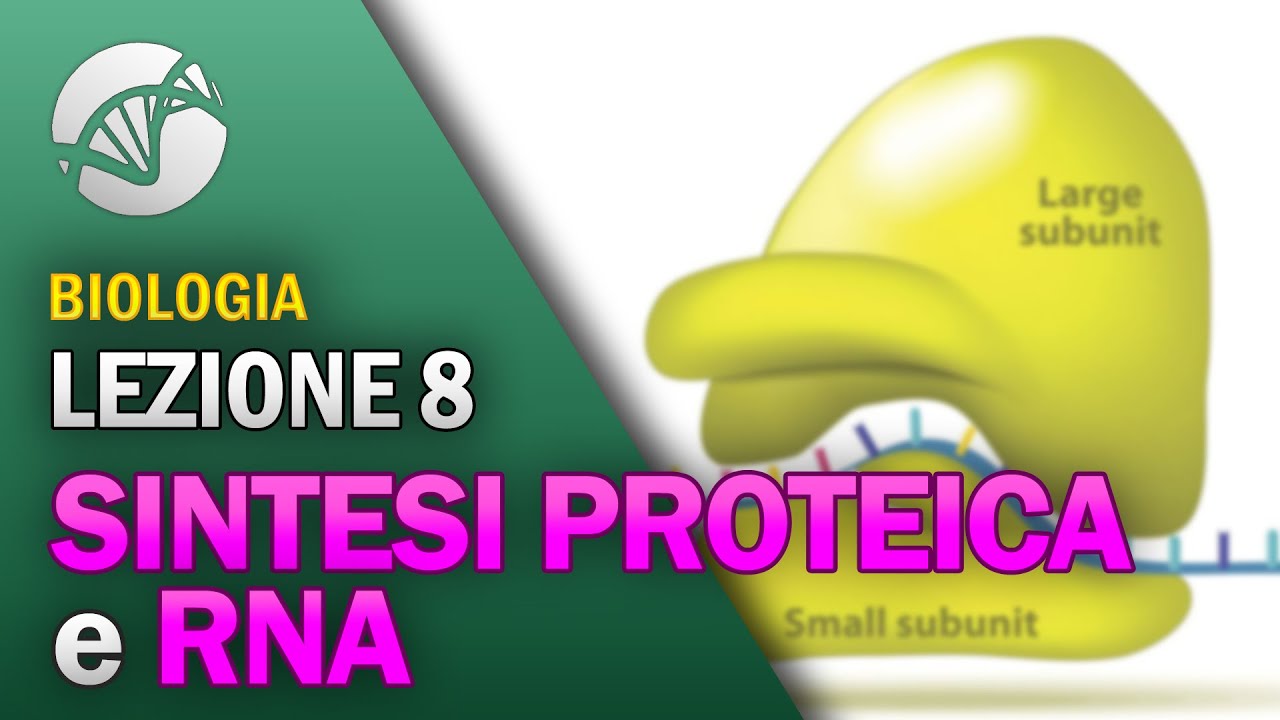Me Salva! GEN05 - Genética - Tipos de RNA: mensageiro, transportador e ribossômico
Summary
TLDRIn this lesson, we explore the types of RNA and their roles in protein synthesis. Starting with transcription, we understand how RNA molecules are created as copies of genes. Messenger RNA (mRNA) serves as a template for protein production, while transfer RNA (tRNA) brings the necessary amino acids to the ribosome for protein assembly. The ribosome, composed of ribosomal RNA (rRNA), reads the mRNA and builds proteins by linking amino acids. This process of translation follows transcription, with tRNA playing a key role in translating the genetic code into functional proteins. The video also touches on mRNA maturation and ribosome structure.
Takeaways
- 😀 mRNA (messenger RNA) is a copy of the DNA, carrying the genetic information for protein production.
- 😀 tRNA (transfer RNA) brings amino acids to the ribosome, ensuring the correct amino acids are added during protein synthesis.
- 😀 Ribosomal RNA (rRNA) is a structural component of the ribosome, playing a key role in protein synthesis.
- 😀 Transcription is the process where DNA is copied into mRNA, which occurs in the nucleus and involves the removal of introns.
- 😀 Translation is the process where mRNA is used to build proteins by reading codons and matching them with tRNA anticodons.
- 😀 The ribosome is composed of rRNA and proteins and is the site of protein synthesis, unlike other membrane-bound organelles.
- 😀 tRNA has a three-dimensional structure and carries specific amino acids, which are used to form proteins or polypeptide chains.
- 😀 Codons in mRNA determine the sequence of amino acids, while the corresponding anticodons in tRNA match the codons to deliver the correct amino acids.
- 😀 The ribosome reads mRNA codons in sequence, bringing in tRNAs with the matching anticodons to form a protein.
- 😀 The process of transcription and translation ensures that genetic information is used efficiently to produce necessary proteins in the cell.
Q & A
What is the role of transfer RNA (tRNA) in the protein synthesis process?
-Transfer RNA (tRNA) plays a crucial role in the translation process by transporting amino acids to the ribosome, where the amino acids are assembled into a protein. tRNA has an anticodon region that binds to specific codons on messenger RNA (mRNA), ensuring that the correct amino acid is added to the growing protein chain.
What is the process that produces RNA molecules?
-RNA molecules are produced through a process called transcription, where a copy of a gene from DNA is made. This RNA copy then undergoes maturation, including intron removal, before it is used in protein synthesis.
What is the difference between mRNA and tRNA?
-mRNA (messenger RNA) is a copy of the gene that serves as a template for protein synthesis, providing the instructions for the amino acid sequence. tRNA (transfer RNA) is responsible for carrying specific amino acids to the ribosome during translation, matching its anticodon to the codons on mRNA.
How does the ribosome use the information from mRNA during translation?
-The ribosome reads the sequence of codons on the mRNA, recruiting tRNA molecules that have the corresponding anticodons. Each tRNA carries a specific amino acid, which is added to the growing polypeptide chain in the correct order, resulting in protein synthesis.
What are the key steps involved in the translation process?
-The key steps in translation include the ribosome reading the mRNA codons, tRNA molecules binding to the codons with complementary anticodons, and the ribosome linking the amino acids carried by the tRNA into a peptide chain, ultimately forming a protein.
What does the messenger RNA (mRNA) represent?
-Messenger RNA (mRNA) represents the copy of a gene from the DNA, providing the instructions for the ribosome to synthesize a specific protein by dictating the sequence of amino acids required.
Why is ribosomal RNA (rRNA) important for protein synthesis?
-Ribosomal RNA (rRNA) is a key component of the ribosome's structure. The ribosome is responsible for translating mRNA into protein, and rRNA helps form the ribosome's functional structure, which is essential for the translation process.
What is the function of the anticodon in tRNA?
-The anticodon in tRNA is a sequence of three nucleotides that are complementary to a codon on the mRNA. This ensures that the correct amino acid is delivered to the ribosome during protein synthesis.
How does translation contribute to the cell's function?
-Translation contributes to a cell's function by enabling the synthesis of proteins, which are essential for various cellular processes such as growth, repair, and regulation. Proteins also play key roles in maintaining cellular structures and functions.
What is the relationship between DNA, mRNA, tRNA, and ribosomes in protein synthesis?
-DNA contains the genetic instructions for protein synthesis. These instructions are transcribed into mRNA, which carries the genetic code to the ribosome. tRNA brings amino acids to the ribosome, where they are assembled into proteins according to the sequence dictated by the mRNA.
Outlines

This section is available to paid users only. Please upgrade to access this part.
Upgrade NowMindmap

This section is available to paid users only. Please upgrade to access this part.
Upgrade NowKeywords

This section is available to paid users only. Please upgrade to access this part.
Upgrade NowHighlights

This section is available to paid users only. Please upgrade to access this part.
Upgrade NowTranscripts

This section is available to paid users only. Please upgrade to access this part.
Upgrade Now5.0 / 5 (0 votes)





